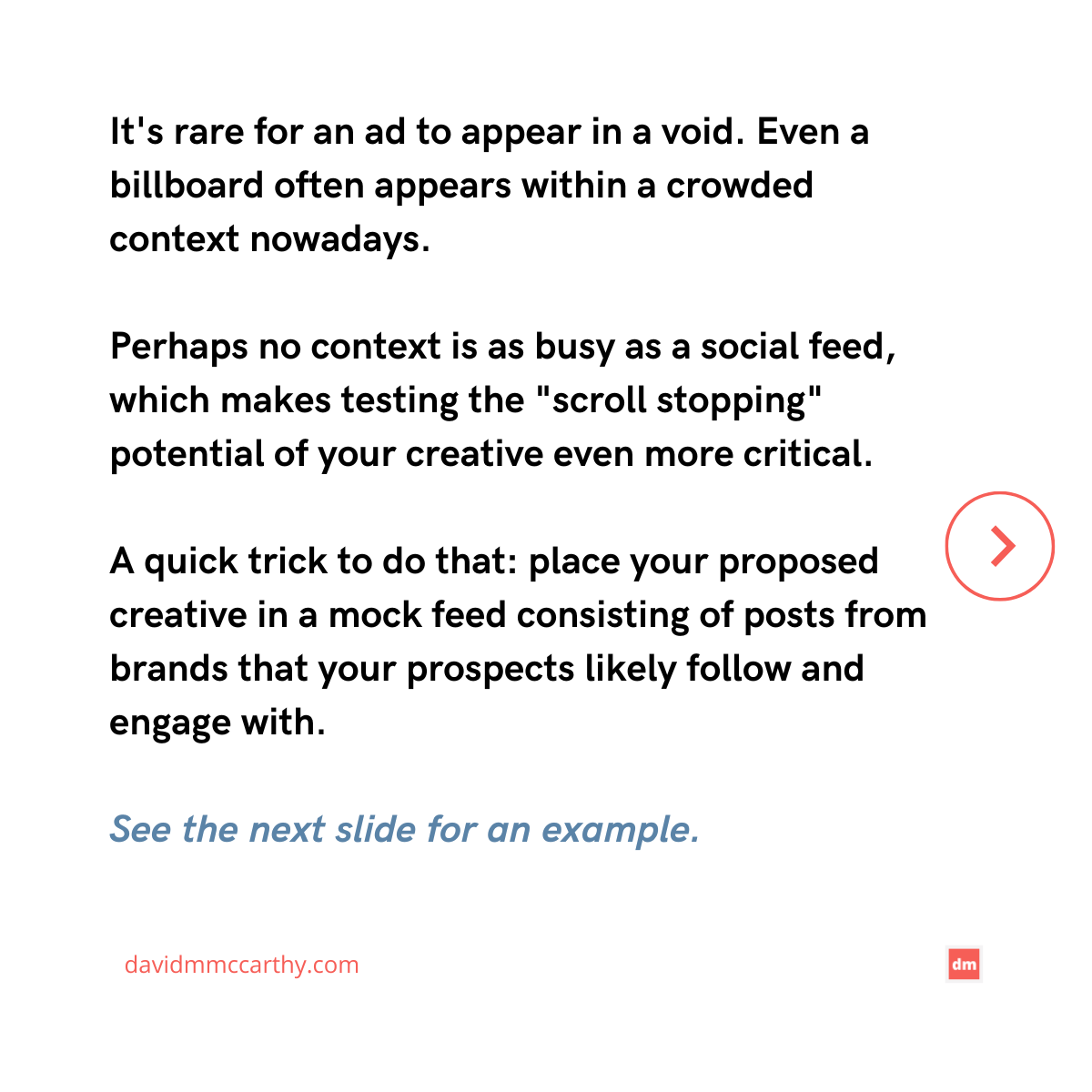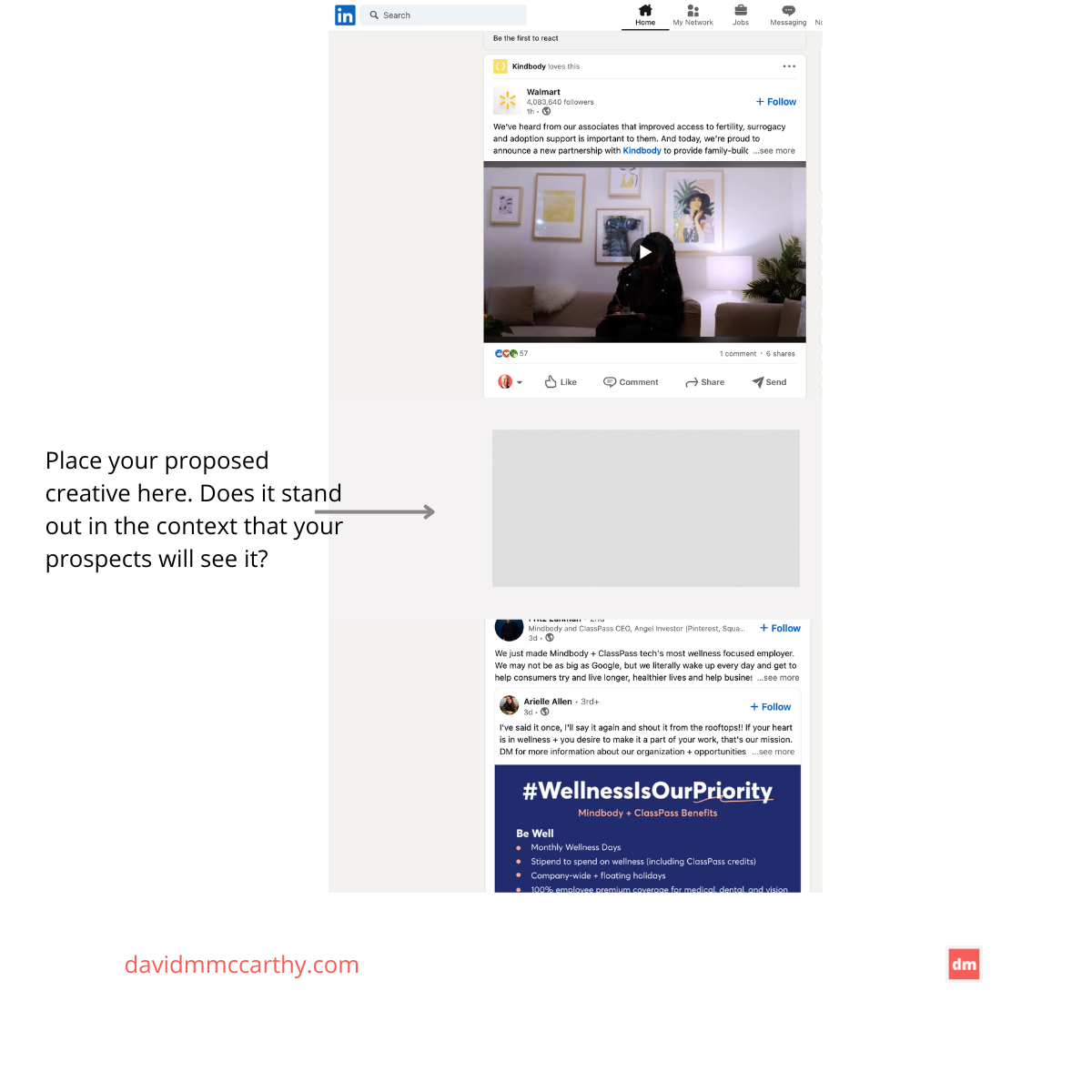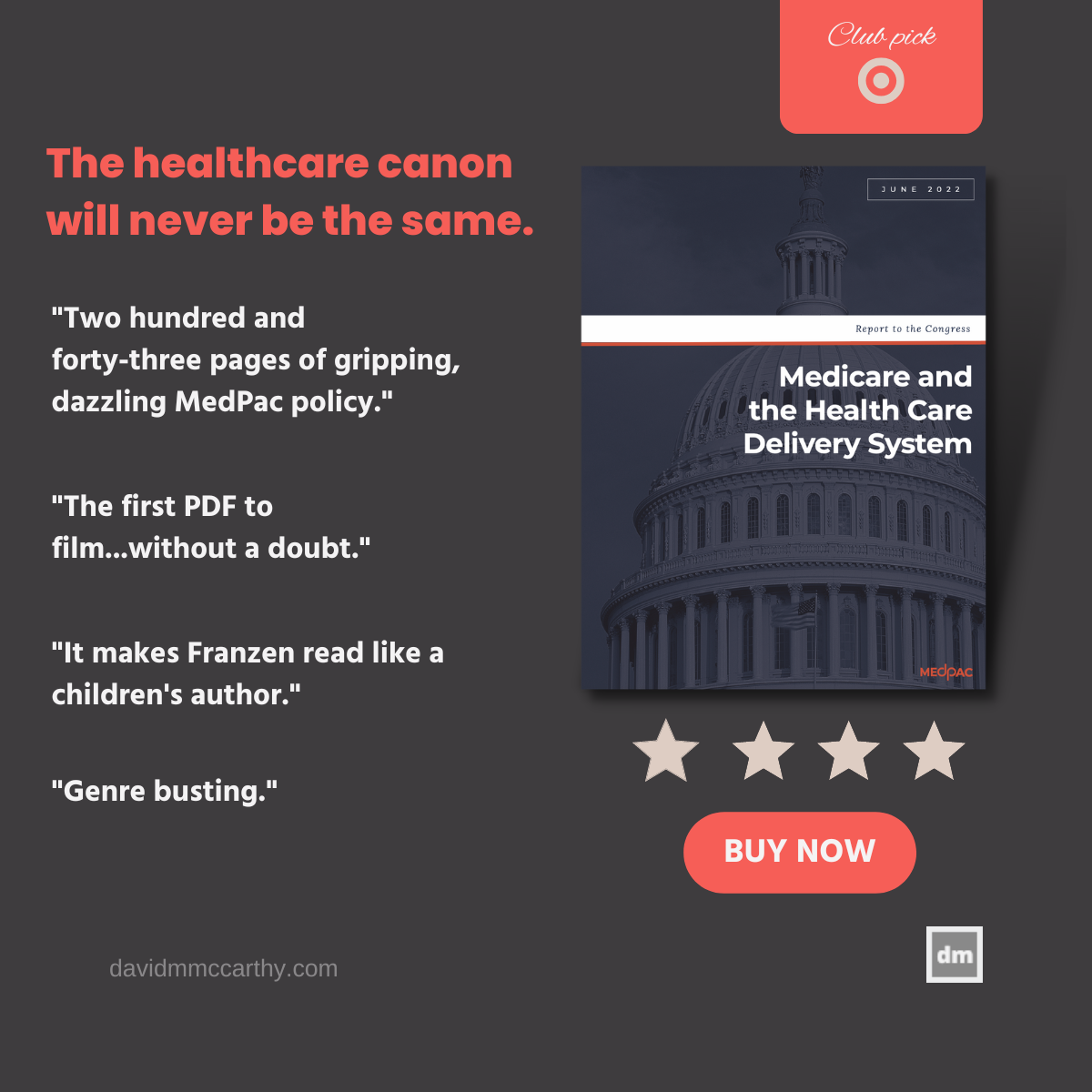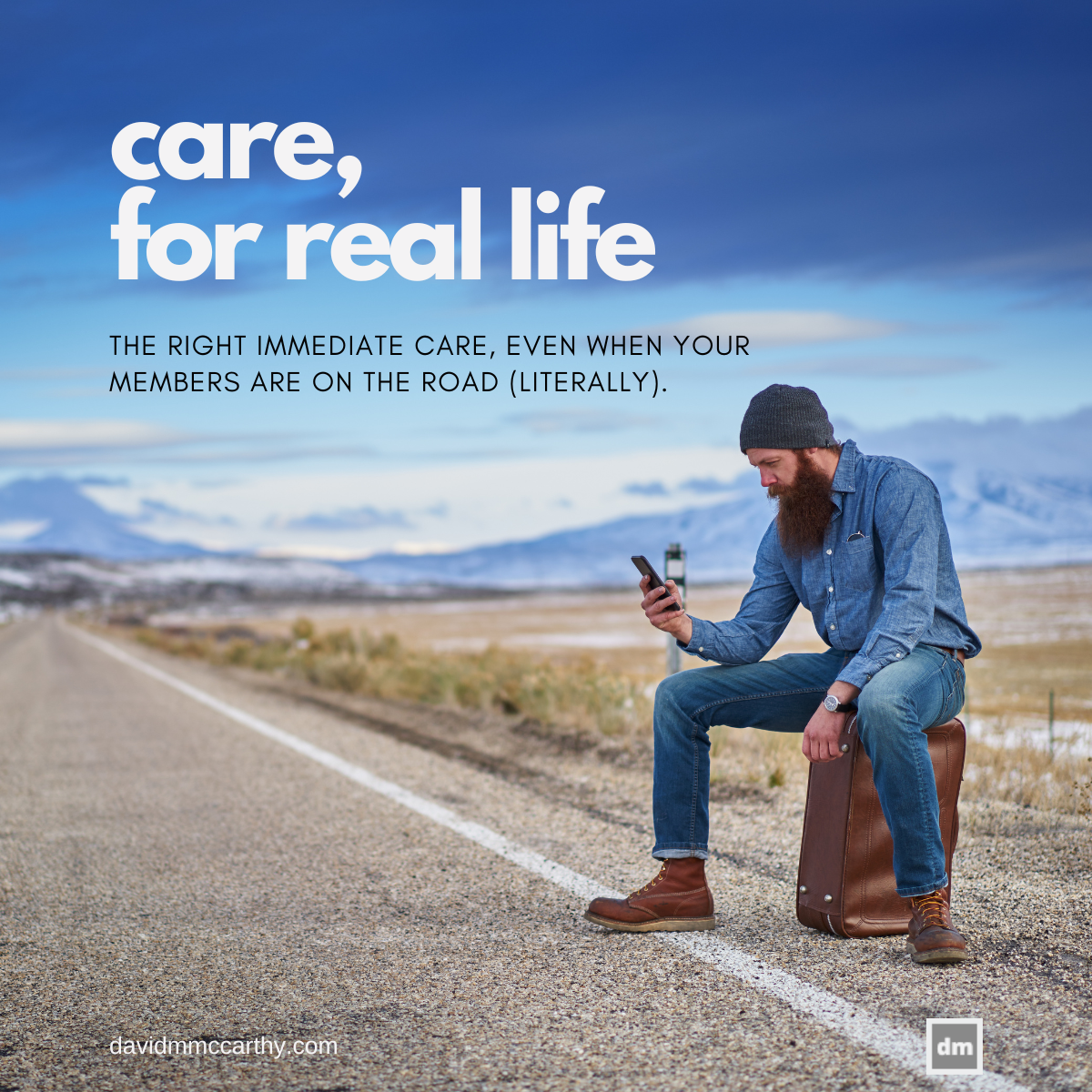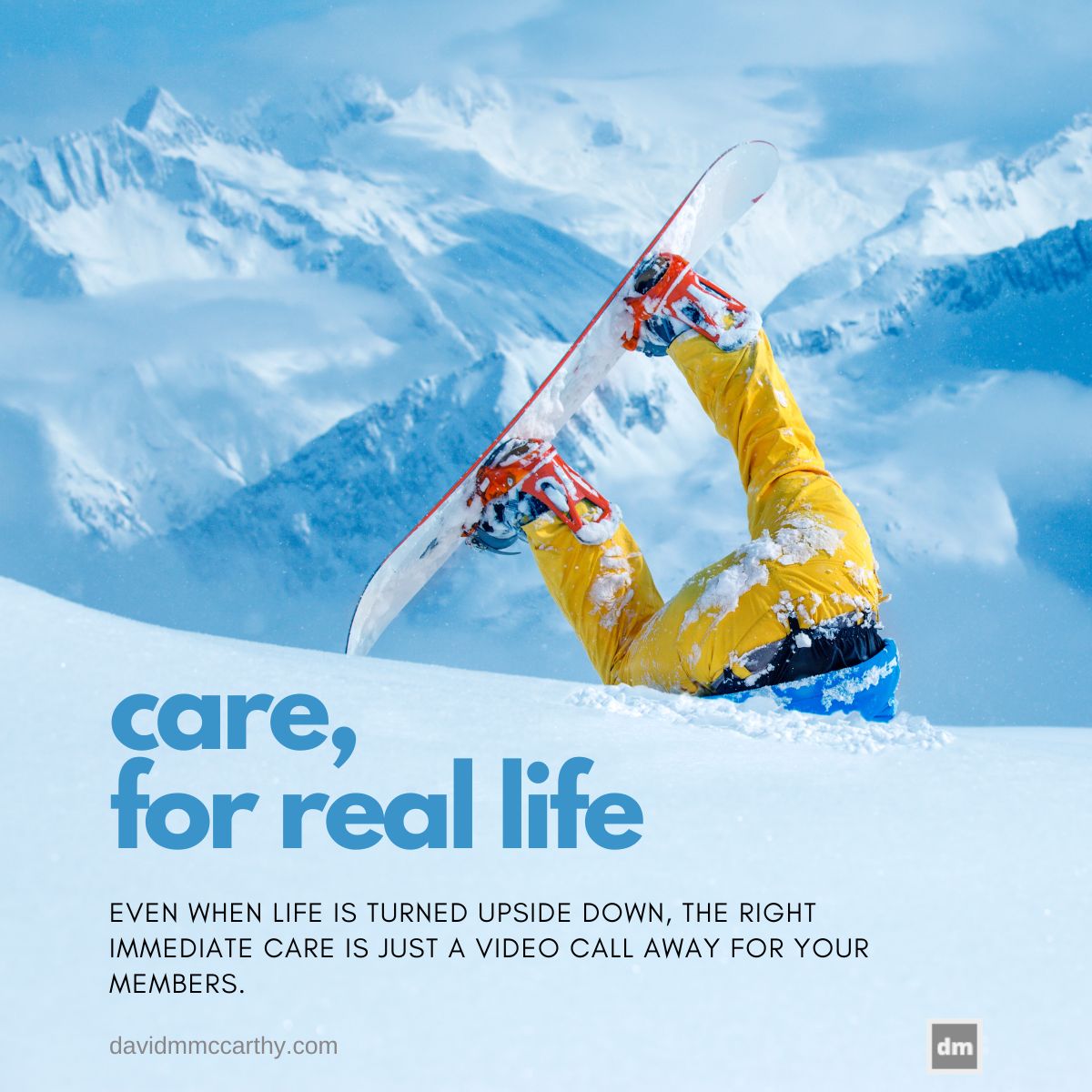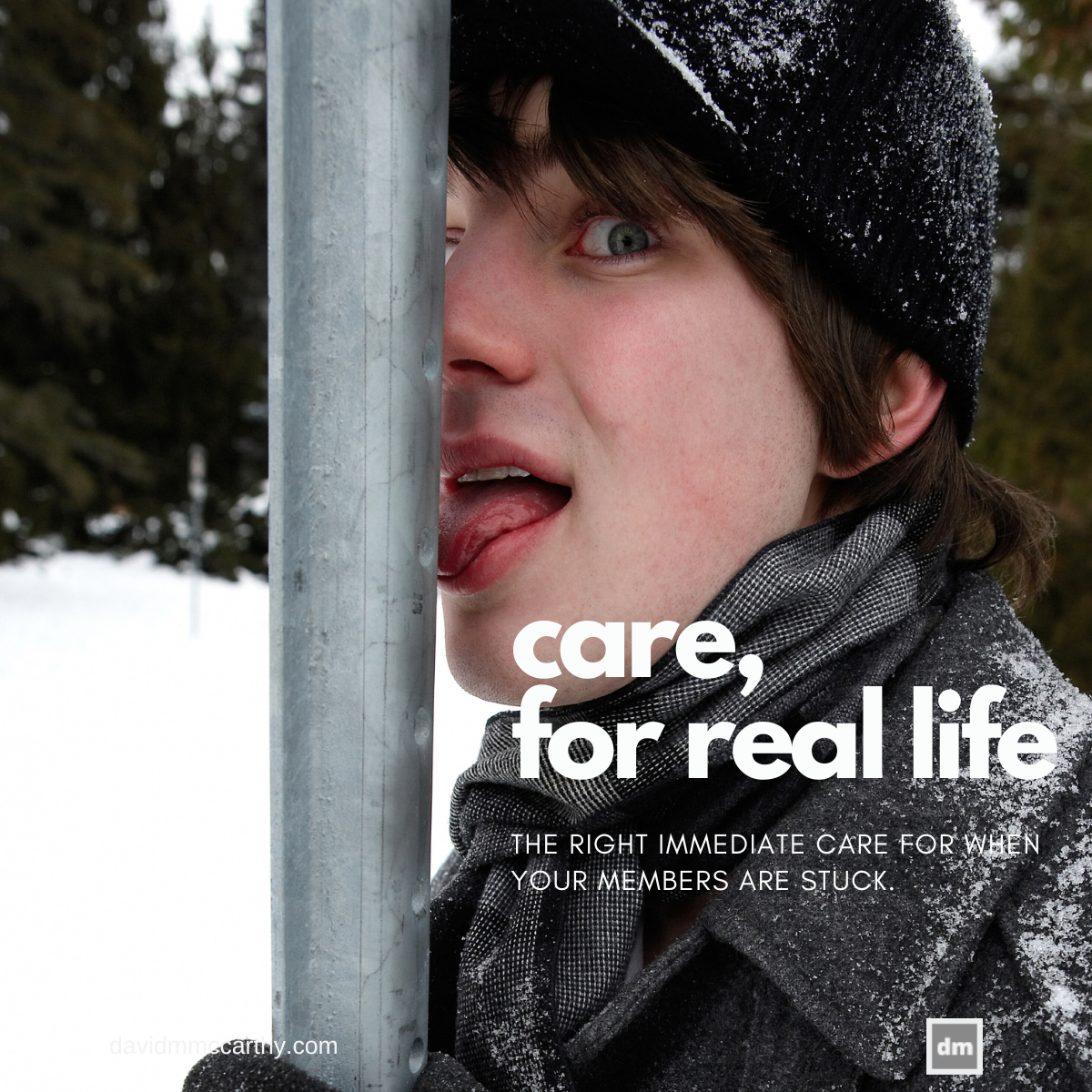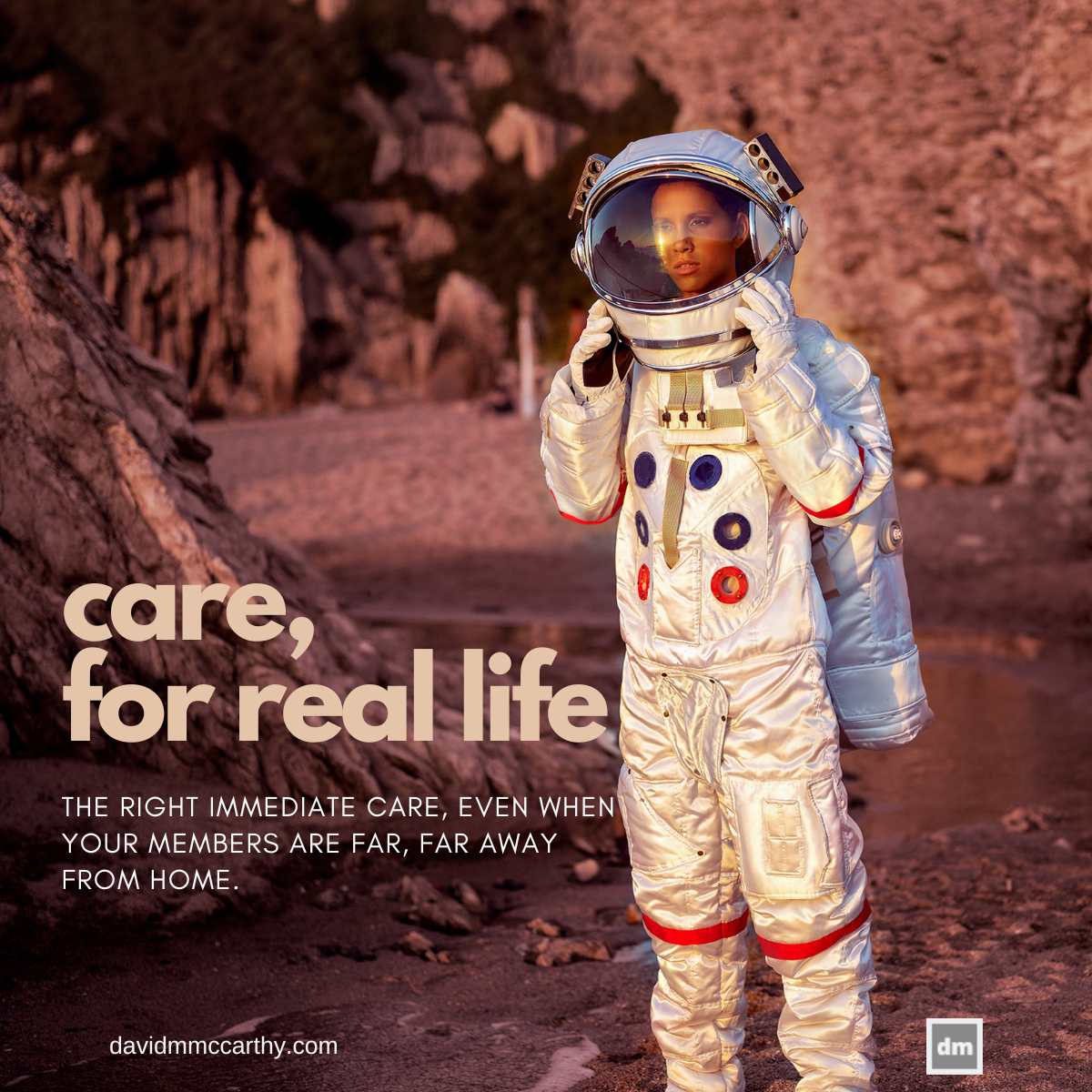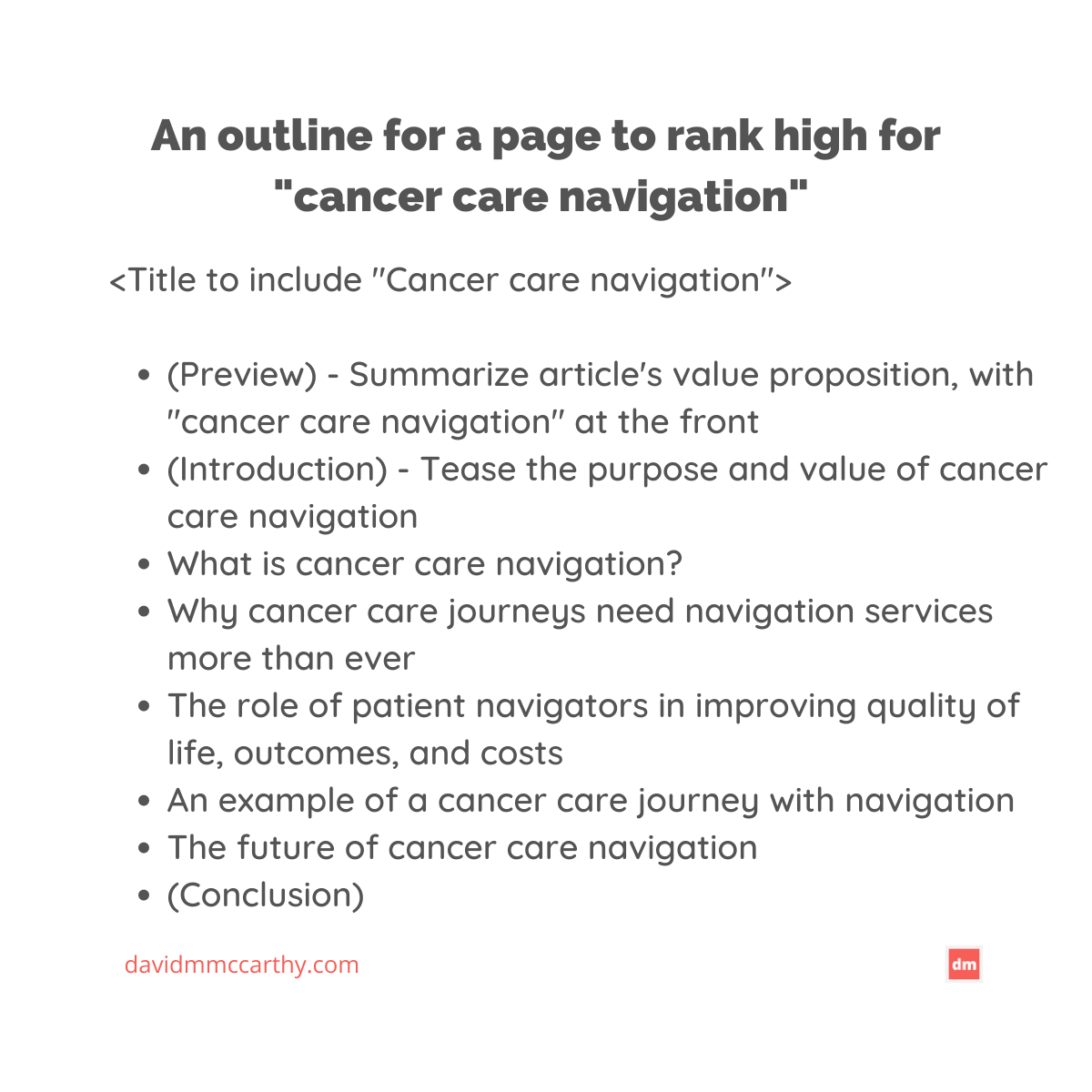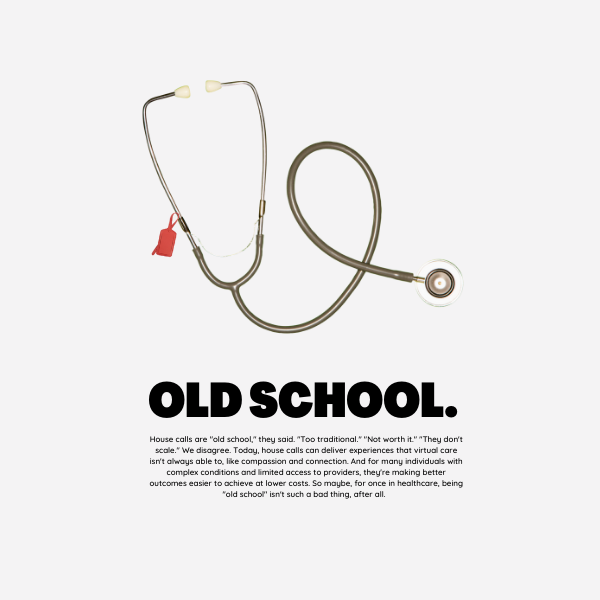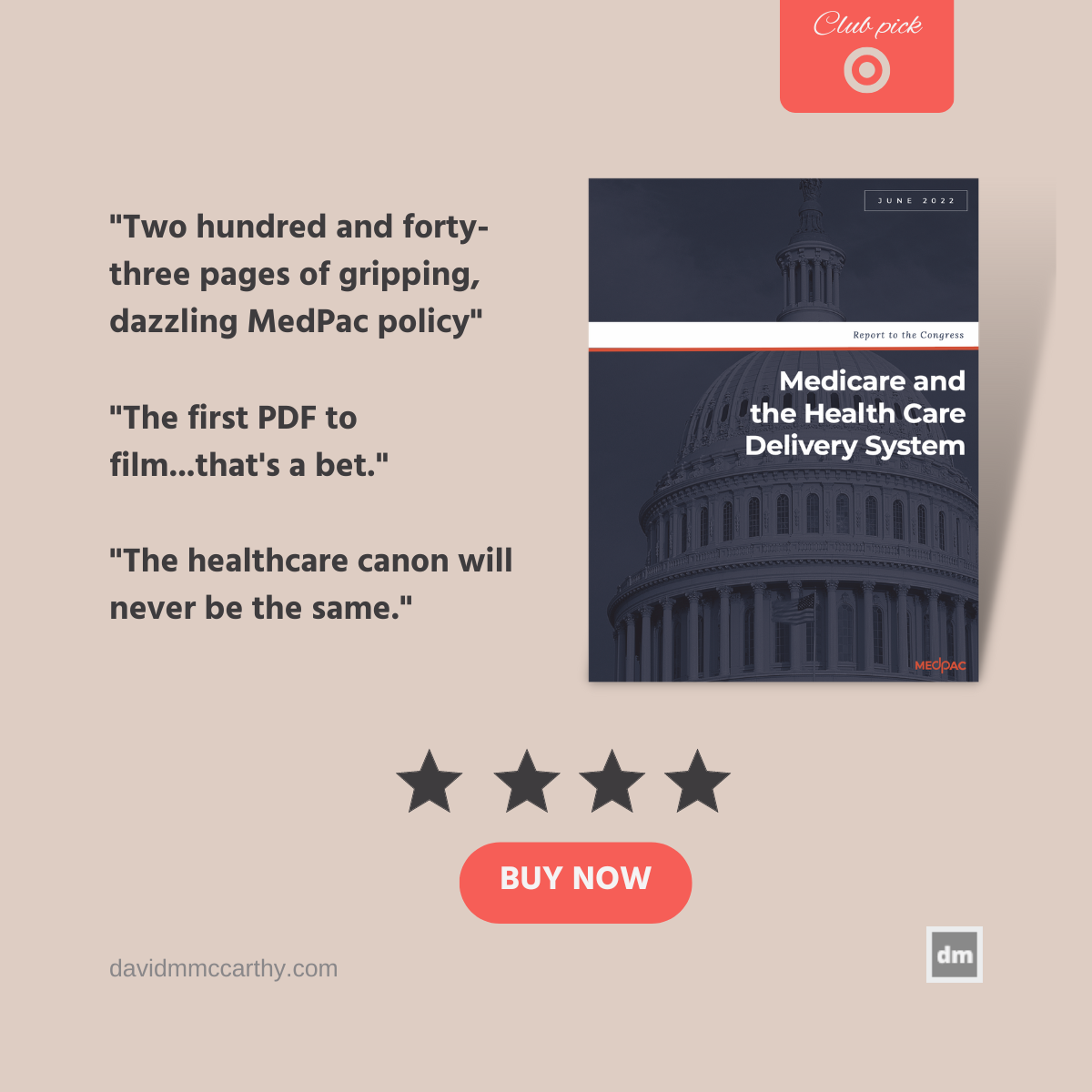On narrative altitude
David McCarthy
In the mid-2010s, HubSpot, a marketing platform company (among other things), became a marketing juggernaut. Their blog dominated organic search. Their newsletter was save-worthy every week. And their lead magnets, like ebooks, were authoritative guides for nimble marketing teams needing help navigating the ever-changing marketing landscape.
As a result, the HubSpot brand become inextricably linked with “inbound marketing,” a GTM strategy that’s still dominant today.
And much of their success in content marketing ties to one thing: narrative altitude.
What is narrative altitude?
Narrative altitude is the “height” or vertical point of view your story or messaging assumes.
Ideally, it aligns with your intended audience’s role and their immediate perspective of their business and the market (or the perspective that their desired role assumes).
Whereas point of view often implies a horizontal angle on a topic (e.g., “organic search is an underrated channel for brand building”), narrative altitude is about how much the content zooms in on the trees or conversely, how much the content zooms out on the forest, so to speak, .
What are the different altitudes?
To me, the altitudes can differ for every company, for every category, and for every industry.
However, some general principles apply across those dimensions.
For example, generally, lower-altitude content is more tactical, specific, and prescriptive because up-and-coming individual contributors or managers, who tend to focus on tactical execution, are the intended audience.
This is where HubSpot flourished. Their “How to” content covered seemingly every valuable question a marketing manager or contributor had about their role or their projects. In many ways, HubSpot became, at that time, the de facto digital-marketing education that many managers and directors of today grew up on.
Alternatively, higher-altitude content is more abstract, strategic, and even philosophical. (In its worst form, it’s a victim of Steven Pinker’s concept of “the Curse of Knowledge,” which he defined in his book The Sense of Style as “a difficulty in imagining what it is like for someone else to not know something that you know.”)
Narrative altitude at this height focuses more on the “forest,” enabling senior leaders to see their business, their market, and their industry as a whole in new ways. The usual consultancy firms (e.g., McKinsey, ZS, and Willis Towers) excel in this space. The Advisory Board develops content at this altitude frequently, with a prime example being their campaigns and their content on “systemness” in healthcare.
Learning about narrative altitude the hard way
I learned about the importance of audience-altitude alignment painfully.
In the late 2010s, CMS launched a complex, ever-changing mandate for providers that tied to my employer’s product portfolio. This is the sweet spot that marketers crave: a high need for education among our target market and a direct connection to our value proposition.
Our team didn’t fail, but we didn’t succeed either. (We “meh’d,” which may be worse.)
In the lead magnet we developed to attract midsize-health-system prospects, our altitude was too low for the senior leaders we were targeting.
Instead of focusing on the CMS program’s effects on their health system (and the opportunity), we focused on tactical excellence, such as how to prepare to comply.
Our team still generated leads from that piece of content, and we continue to see requests come in for it. But generally, the leads were not within the inner circle of the buying team. They were the individuals that the buying team would buy for.
Using Jobs to be Done to Calibrate Narrative Altitude
What’s been most helpful to me to check for audience-altitude alignment is applying the Jobs to Be Done framework to my target audience’s role.
Unlike personas and brand-messaging platforms, Jobs to Be Done ports me into a specific role’s day to day. To me, that granularity leads to richer, more-tailored content. (It’s also easier to develop.).
Completing a role-based Jobs to Be Done framework within B2B healthcare is not simple, though. It’s rare, if not impossible, to interview senior leadership at large B2B healthcare companies to complete the framework. In those cases, job descriptions, quotes from conferences, and, occasionally, social media profiles and posts can help fill in the framework and reveal how an individual views their specific purpose in an organization and in an industry.
In the role-based Jobs to Be Done framework, I typically adopt dimensions that product leaders often use:
Desired outcome(s)
Prompt/context for the desired outcome
Measurements for the outcome
Current method(s) to achieve outcome
Gaps or challenges preventing the outcome
Current pain points
Within the framework, few data points are as valuable as the metrics that the individual owns or contributes to. For example, using this framework for marketing audiences, we’ll likely discover that a chief marketing officer will worry less about SEO page authority or daily CPC and instead care more about organic audience growth and monetization potential.
Channel-Narrative Fit is an X-Factor
HubSpot mastered aligning their narrative altitude with their audience. But that practice alone didn’t generate the business outcomes that marketers still laud (and emulate) today.
They also excelled because they aligned narrative to channel, namely SEO.
HubSpot content became synonymous with “How to” content. Coincidentally, search volumes for marketing strategies and tactics, including “how to” phrases, grew as marketing managers turned to search engines for ideas. (To illustrate the size of the “how to” content opportunity, “how to repost instagram” gets nearly 12,000 searches per month.)
The company found a perfect overlap between channel and narrative. Enviable marketing growth ensued.
Now, HubSpot has a domain authority of 93 (Facebook is a 96), has acquired 550M inbound links (a key driver of domain authority), and has nearly 1M ranking keywords, 10% of which are in the top three SERP results, even for very non-funnel keywords like “famous quotes.”
Narrative as a building block for growth
According to some sources, HubSpot, which launched sixteen years ago, now has roughly a third of the marketing-automation market share. Its revenue exceeds $1 billion, and it serves more than 100,000 organizations.
Narrative altitude is by no means solely responsible for this. Growth like this required immaculate timing, product-market fit, vulnerable incumbents, and, from a marketing perspective, wise, long-term channel investment.
But optimizing their content’s point of view was likely a key decision that helped build the brand’s audience, a foundational requirement for historic growth. It’s hard to imagine HubSpot becoming most small- and medium-sized businesses platform of choice without it.
P.S.
Some brands whose narrative altitude I admire:
Drift - Potentially realizing that they could not compete on SEO as an early-stage company with HubSpot or Intercom, their “MQL is Dead”narrative, which played on their subcategory (“conversational marketing”), was a perfect message and height to reach marketing and even sales leaders via social and WOM.
Product Marketing Alliance - Much like HubSpot did for content and inbound marketing, they saw a major gap in educational content for a growing marketing function—product marketing. And they’ve seemed to rely on HubSpot’s playbook for distribution: educational articles, certification courses, and events.
Refine Labs - Seeing LinkedIn as a publishing platform—not a distribution platform, they created a surround-sound strategy to deploy educational narratives on advertising/PPC for marketing contributors.





